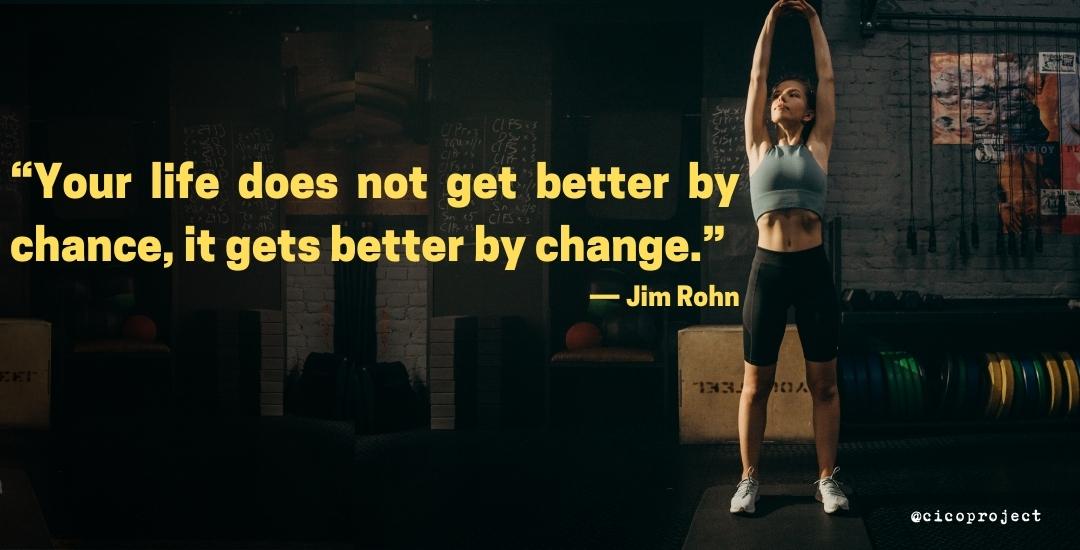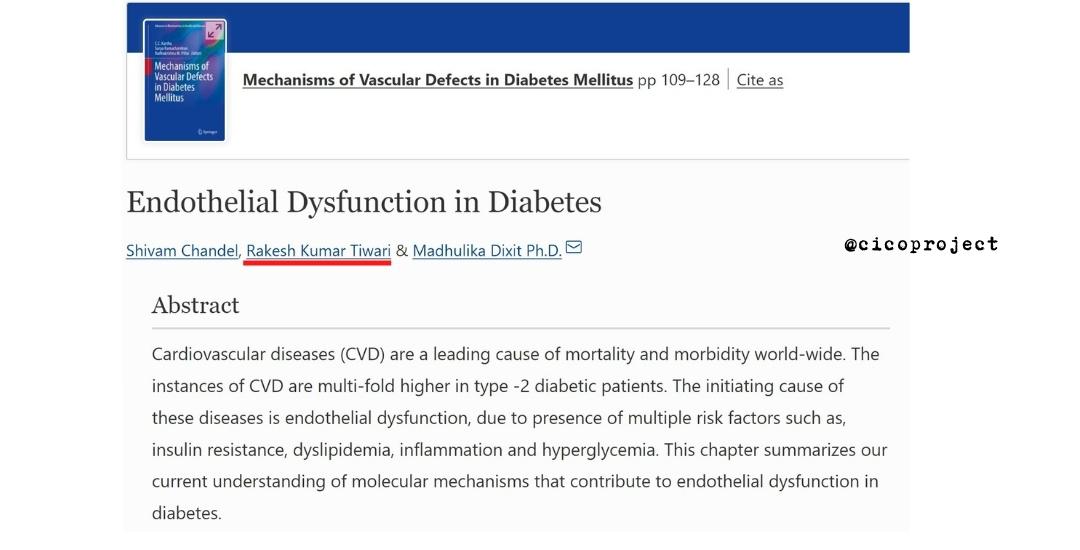
AUG
22
Here are the quickest and easiest ways to lose weight
In this blog, I bring some exciting answers to some of your most seeked after questions! Do you remember the feeling where we look in the mirror and wish those fat deposits had just disappeared magically? And we get exhausted thinking how hard the process must really be! What if I told you that Fat Loss is easy? Yes, you read that right! But if fat loss is indeed so effortless, why is everybody around us so overweight?
It is because losing fat is easy, but regaining fat is easier. Sounds relatable? According to figures, Around 90- 95% of dieters regain the weight they've worked so hard to lose. As soon as they discontinued their diets. Why so? Because we tend to look for the easiest ways to lose weight. Imagine this! You adopt a shortcut that lets you lose 20-30 kgs in just a couple of months but regain it in just a matter of 15 days? Shortcuts are tantalizing. They lure you with the promise of quick transformations without any hard work. Today the market is full of detox drinks, green teas, meal replacement herbal shakes, and fat loss supplements. That dream physique, before and after, in no time at all!! Its so easy to fall for them! I mean, why not take some pills or have a detox drink and reduce all the fat? I don’t have to exercise; I don’t have to fix my lifestyle; I can eat whatever I want. I’ll just drink detox tea and it will fix everything!! We see a drastic drop on the weighing scale, and we think, wow, its working without any hassle! Sounds so easy, right?
Reality of shortcuts
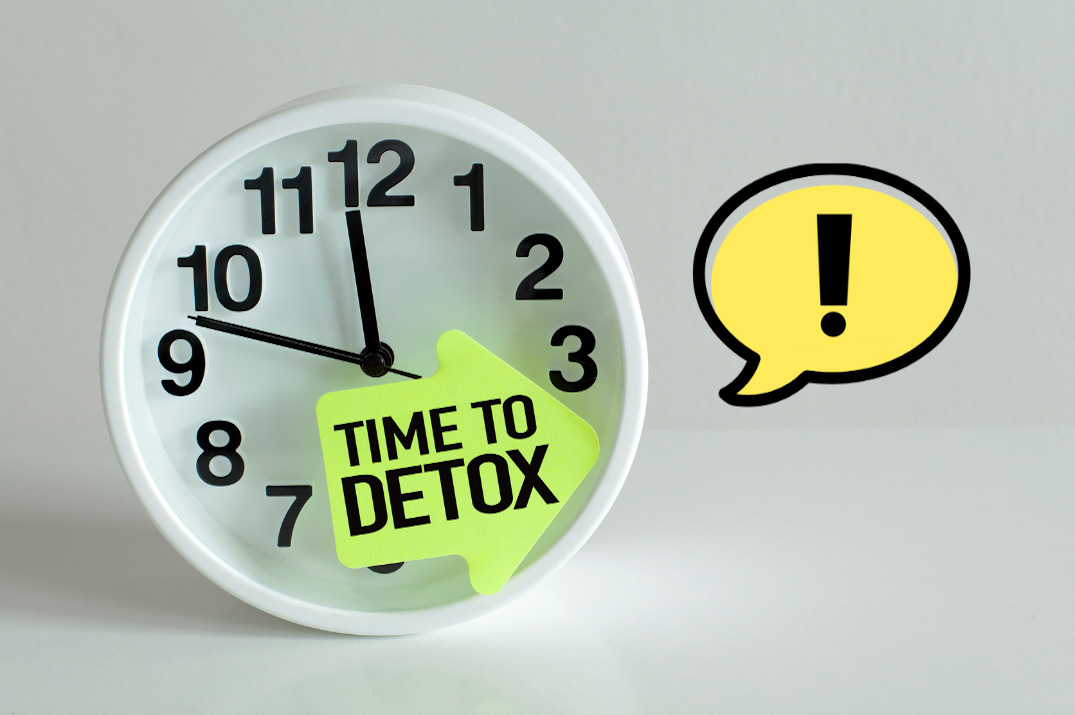
But did you ever stop to think about what happens once we stop fasting? What happens once I stop taking these drinks and start taking regular meals? Shortcuts never tell you what happens after the transformation. We become so obsessed with weight loss that we don’t realize what will come after this. Not only do we regain the lost weight, but we put on extra weight!! And the worst part is our metabolism slows down because this process of weight loss was not a healthy way of losing weight. What is the point if a shortcut ends in a result that is not sustainable?
As a wise man said, good things don't come easy. Real fitness requires a lot of discipline, grit, determination, hard work, and patience. Instead of finding the easiest way to lose weight, find the most sustainable way, even if it is not so easy. Now the question is what method is sustainable and how to ensure the same? A sustainable method is adopted by your willingness and determination to make necessary lifestyle changes, including a flexible dieting pattern, exercise regime, a proper sleep schedule, and stress management, all of these being crucial for holistic health. Apart from this, in a sustainable method, you try to find a method that suits your lifestyle pattern. For example, if you prefer intensive workout in the mornings or tend to get hungry in the morning, intermittent fasting might not be an appropriate dieting style for you. However, if you are someone who doesn’t need or can skip breakfast in the mornings, you might prefer intermittent fasting. Similarly, if you love foods rich in carbs, a low Carb or keto diet might not be a good option for you, as soon you will be reluctant to follow your carb-free diet chart and will be prone to discontinue your dieting regime.Sustainable approach
Now, the next question is, what is the perfect solution? How to maintain a balance if I am allowed to keep eating what I want? There are mainly two opposing forces that balance a sustainable diet. One is flexibility. The other is self-control. Every diet involves some form of self-control, but exercising self-control can be tiring. And here comes the need for flexibility in a diet. The more self-control involved in a diet, the less sustainable it will be or vice versa. But how do we know when to limit this flexibility? Flexibility should be limited to a certain level where it does not hamper your progress in your fitness journey. The dieting method that fits best in this equation is quantified nutrition.CICO Model
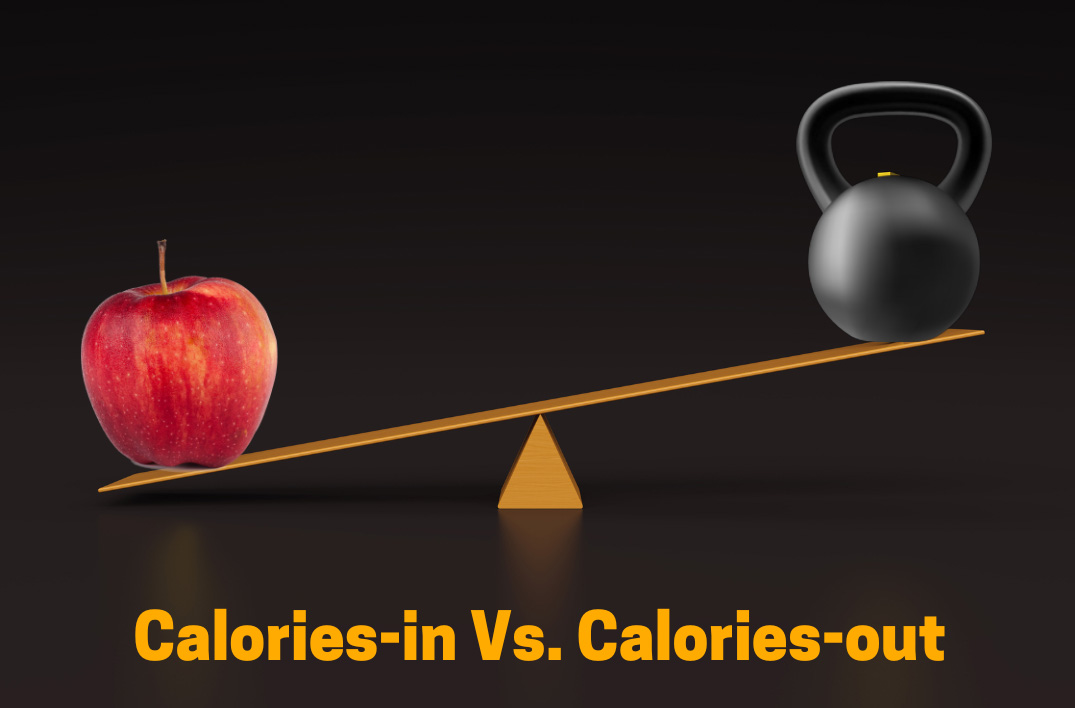 Our weight depends on the calories we consume vs. calories we burn. This is called the ‘Calories In vs. Calories Out’ or CICO model. This applies to everyone, irrespective of the type of dieting method adopted by an individual.
So, what is quantified nutrition? If we eat more calories than we are burning, we will gain weight. On the contrary, if we eat less calories than we are burning, our body compensates for this loss by using stored energy from fat deposits, and we can lose weight. If we eat equal to what we are burning, our weight remains the same. Putting this in simpler terms, if someone burns around 2000 kcals (calories out) and eats 2200 kcals (calories in), the extra 200 kcals will get stored in our body as fat. However, if the same person eats 1800 kcals, the loss of 200kcal will be compensated by burning the stored fat in our body, and the person will lose weight.
In quantified nutrition, we quantify our food intake according to our calorie limit, in an attempt to regulate the calories in part of the equation. It is very similar to having a budget. Imagine you have a budget of Rs. 2000 every day. From this daily allotment of Rs. 2000, you know that there is an approximate expense of Rs. 1600 on your basic necessities (like food, rent, electricity bill, etc). Now, assume that you want to save Rs 400 every month for a bank loan installment. Since you know your financial limits, you can manage your budget, and divide the money appropriately for your expenditure and savings. Imagine a situation in this same scenario where you don’t know how much you have to spend every day. Chances are you will end up spending more than you should, and it will be harder to save consistently and to repay the bank loan.
Similarly, if your maintenance calories (calories at which body weight stays constant) are 2000 kcals, and let us assume that for losing weight, you have to create a calorie deficit of 400 kcals, it means you can eat only a maximum of 1600 kcals. You can now divide your protein, carbs, and fat intake within this upper limit of 1600 kcals and lose weight.
Our weight depends on the calories we consume vs. calories we burn. This is called the ‘Calories In vs. Calories Out’ or CICO model. This applies to everyone, irrespective of the type of dieting method adopted by an individual.
So, what is quantified nutrition? If we eat more calories than we are burning, we will gain weight. On the contrary, if we eat less calories than we are burning, our body compensates for this loss by using stored energy from fat deposits, and we can lose weight. If we eat equal to what we are burning, our weight remains the same. Putting this in simpler terms, if someone burns around 2000 kcals (calories out) and eats 2200 kcals (calories in), the extra 200 kcals will get stored in our body as fat. However, if the same person eats 1800 kcals, the loss of 200kcal will be compensated by burning the stored fat in our body, and the person will lose weight.
In quantified nutrition, we quantify our food intake according to our calorie limit, in an attempt to regulate the calories in part of the equation. It is very similar to having a budget. Imagine you have a budget of Rs. 2000 every day. From this daily allotment of Rs. 2000, you know that there is an approximate expense of Rs. 1600 on your basic necessities (like food, rent, electricity bill, etc). Now, assume that you want to save Rs 400 every month for a bank loan installment. Since you know your financial limits, you can manage your budget, and divide the money appropriately for your expenditure and savings. Imagine a situation in this same scenario where you don’t know how much you have to spend every day. Chances are you will end up spending more than you should, and it will be harder to save consistently and to repay the bank loan.
Similarly, if your maintenance calories (calories at which body weight stays constant) are 2000 kcals, and let us assume that for losing weight, you have to create a calorie deficit of 400 kcals, it means you can eat only a maximum of 1600 kcals. You can now divide your protein, carbs, and fat intake within this upper limit of 1600 kcals and lose weight.
Also, knowing the upper limits brings flexibility. Let’s go back to our budget situation. Let us assume you spent Rs. 200 extra on your birthday party. You can always compensate by spending Rs. 100 less for the next two days. This way, you can keep repaying your bank loan worth Rs. 400, even though someday you spent more than your allotted daily budget. Drawing the above comparison to our quantified nutrition model, let us suppose your daily calorie budget is 1600 kcals. But someday, you attended your friend’s wedding and consumed approximately 2200 kcals instead of 1600 kcals. In this case, you can cut the calorie intake for the next few days and compensate for these extra calories consumed without losing progress.
And the best advantage of quantified nutrition is that it adds an element of flexibility into the equation. This further improves adherence to the diet. It lets us know the caloric budget and fit maximum nutrition and favorite food into the diet. For example, if you know that you might eat more than your calorie budget in an upcoming event or social gathering, you can start preparing yourself by saving some calories before the event. That way, you can successfully avoid overshooting your calorie budget, and enjoy your favorite meals with your family and friends. Calorie restriction is a must for both sides of the spectrum of weight goals. There are several methods for restricting calories like keto, omad, intermittent fasting, low Carb, or paleo. You should adopt a method that is most sustainable for you and is tailored to your lifestyle patterns or food preferences. How can we start? We can start by tracking our food. Relying on the naked eye to estimate food quantity might lead to a massive variation in calories. To avoid this, we should practice quantifying our food items to understand the relationship between our food items and the corresponding daily calorie intake. Jot down the food items you regularly eat or take pictures of each meal. Notice the quantity of fruits, veggies and protein you are having in each meal. Note which of these meals are mainly calorie-dense but low, nutrition food? After this, start with measuring just a single meal. For example, use a kitchen scale to measure the items of your breakfast, list down the ingredients. Google the calories and protein content of your breakfast items. Once you gain sufficient practice in quantifying your breakfast, move on to apply the same concept and techniques for your next meal. A few points to remember: Start planning your meals according to your maintenance calories (Listen to the cicoproject podcast on how to find your maintenance calories.) Regulate the process strictly until you start seeing the results. Be consistent and adhere to the diet. Consistency is the key to success. Know your daily calorie limit. Use this limit to first decide your protein intake. The remaining calories can now be divided between fat and carbs.FAQ | Quantified nutrition
Let me tell you how destroying your negative self-belief can enhance your lifestyle, mental health, and outlook on life. When we have a negative self-image, it creates two major issues: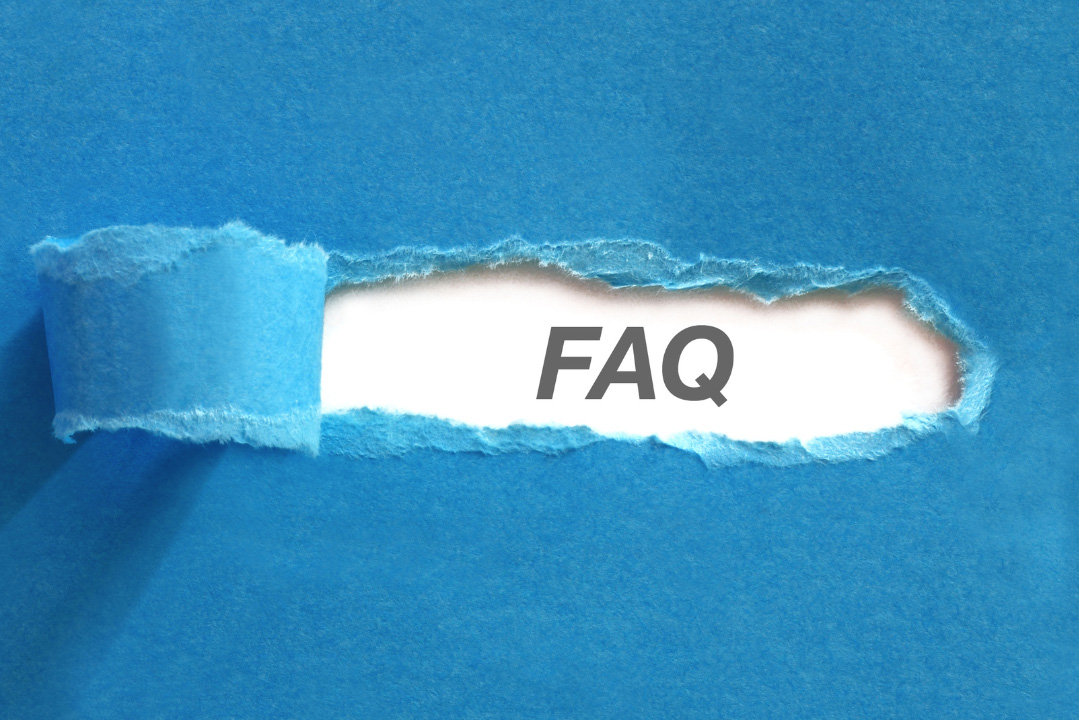 1. Do we need to measure it constantly to stay fit?
Calories are units of energy. It is not easy to estimate energy accurately with the naked eye.
To be accurate, it is strongly recommended to measure your dietary intake. In the beginning, it requires much effort, but with practice, it gets easier to make an educated guess about the food amount.
2. Can’t we lose weight without measuring?
Absolutely yes!! Many people do not count calories, but they can still lose weight. Choose the method that you can sustain.
3. Isn’t it complex to measure and eat?
It is not. It just needs patience and a bit of practice. Everything seems complicated when we are new to it.
Summary:
#Weight regain is a bigger problem than weight loss.
#Do not look for an easy path. While shortcuts are compelling, the results do not last.
#Choose the most sustainable path, even if it is not easy.
#Sustainable methods require hard work and patience. What is sustainable depends mainly on the individual too.
#Sustainable methods are a result of two opposing forces: self-control and flexibility. Learn to balance them.
#To lose weight, we must create a calorie deficit, irrespective of the dieting method we follow.
#Quantified nutrition brings flexibility into the equation. Its not the easiest method, but it is highly sustainable.
1. Do we need to measure it constantly to stay fit?
Calories are units of energy. It is not easy to estimate energy accurately with the naked eye.
To be accurate, it is strongly recommended to measure your dietary intake. In the beginning, it requires much effort, but with practice, it gets easier to make an educated guess about the food amount.
2. Can’t we lose weight without measuring?
Absolutely yes!! Many people do not count calories, but they can still lose weight. Choose the method that you can sustain.
3. Isn’t it complex to measure and eat?
It is not. It just needs patience and a bit of practice. Everything seems complicated when we are new to it.
Summary:
#Weight regain is a bigger problem than weight loss.
#Do not look for an easy path. While shortcuts are compelling, the results do not last.
#Choose the most sustainable path, even if it is not easy.
#Sustainable methods require hard work and patience. What is sustainable depends mainly on the individual too.
#Sustainable methods are a result of two opposing forces: self-control and flexibility. Learn to balance them.
#To lose weight, we must create a calorie deficit, irrespective of the dieting method we follow.
#Quantified nutrition brings flexibility into the equation. Its not the easiest method, but it is highly sustainable.
Recent Podcasts
Recent Blogs
